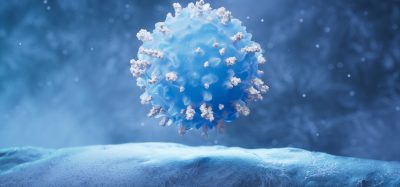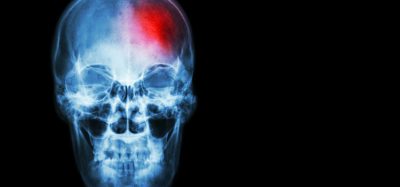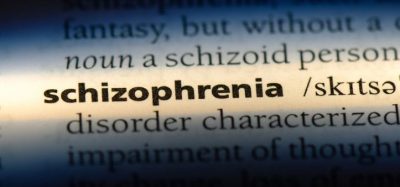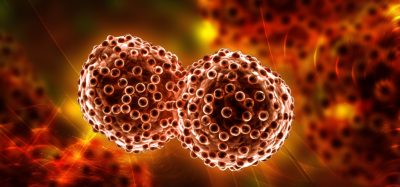Targeted microglia transplant reverses signs of rare brain disorder
Posted: 12 August 2025 | Drug Target Review | No comments yet
Stanford Medicine researchers have developed a targeted brain cell transplant that replaced most diseased microglia in mice with Sandhoff disease – extending their lifespan and reversing symptoms
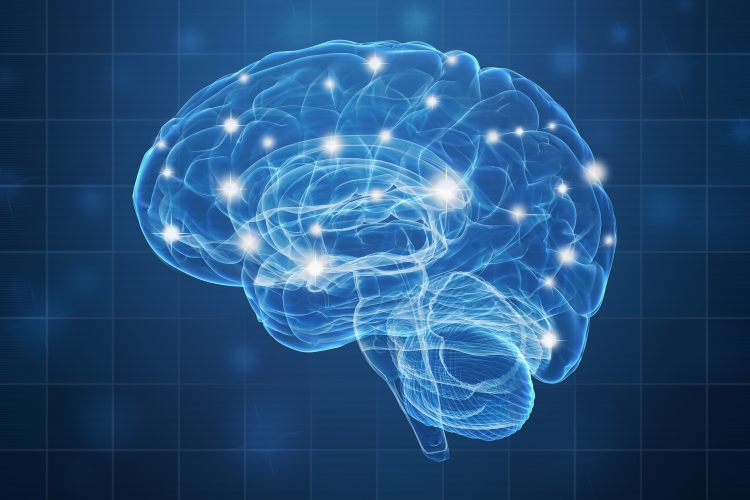

Tay-Sachs and Sandhoff diseases are rare, typically fatal inherited conditions that damage the brain. Whilst no effective treatments currently exist, researchers have long theorised that replacing the affected brain cells with genetically healthy ones could slow or stop the neurodegeneration behind the symptoms. But such approaches have faced major hurdles, including poor engraftment of donor cells and the risk of a dangerous graft-versus-host reaction – where transplanted cells attack healthy tissue.
Now, in a new study published in Nature, Stanford Medicine scientists have devised a way to replace more than half of the most severely affected cells – microglia – with non-genetically matched precursor cells in mice. In mice with a form of Sandhoff disease, the method extended lifespan and significantly improved behaviour and motor skills.
“Using a specific sequence of steps, we were able to achieve nearly 100 percent incorporation of genetically healthy cells in the brains of the mice while avoiding both rejection and graft-versus-host disease,” said Dr Marius Wernig, MD, professor of pathology and senior author of the study. “This is vastly better than previous approaches. Furthermore, we were stunned at how well this therapy worked. The mice survived for the duration of the experiment, showed improved motor function and regained normal mouse behaviours like exploring open spaces. The difference between treated and control animals was dramatic.”
Automation now plays a central role in discovery. From self-driving laboratories to real-time bioprocessing
This report explores how data-driven systems improve reproducibility, speed decisions and make scale achievable across research and development.
Inside the report:
- Advance discovery through miniaturised, high-throughput and animal-free systems
- Integrate AI, robotics and analytics to speed decision-making
- Streamline cell therapy and bioprocess QC for scale and compliance
- And more!
This report unlocks perspectives that show how automation is changing the scale and quality of discovery. The result is faster insight, stronger data and better science – access your free copy today
Understanding lysosomal storage disorders
Tay-Sachs is rare amongst the general population, however, in certain demographics, such as those of Ashkenazi Jewish descent, the disease affects around 1 in every 3,700 new-borns. Tay-Sachs and the rarer Sandhoff disease belong to a group of conditions known as lysosomal storage disorders. These diseases often begin with normal early development, but as neurons degenerate, symptoms rapidly worsen.
The disorders stem from mutations in genes responsible for enzymes needed in lysosomes – the cell’s recycling compartments. When lysosomes fail, proteins, carbohydrates and lipids build up to toxic levels.
Interestingly, microglia – brain immune cells – can have lysosomal enzyme levels up to a thousand times higher than neurons. “They are like professional cleaners,” Wernig explained. “Therefore, they have a much greater need for these degradative enzymes than other cells.” This led researchers to explore whether restoring enzyme levels in microglia could indirectly help neurons survive.
The limits of previous approaches
Past treatments tried to reboot a patient’s immune system through hematopoietic stem cell transplants, hoping healthy donor cells would eventually populate the brain. But this method required toxic preconditioning, faced difficulty getting cells into the brain and carried the risk of immune rejection or graft-versus-host disease.
“A hematopoietic stem cell transplant is a rough procedure to go through,” said Wernig. “It’s not something you want to do to your patients unless there’s no other option.”
A targeted brain-only transplant
In the new study, researchers combined microglia-depleting drugs with targeted brain irradiation to make space for donor cells. They then injected microglia precursor cells from non-genetically matched animals directly into the brain. Two drugs were administered to block immune cells from attacking the transplants.
This approach resulted in durable engraftment, with over 85 percent of brain microglia originating from donors after eight months. While untreated mice had a median survival of 135 days, treated mice lived up to 250 days – which was the end of the study.
The transplanted microglia also appeared to transfer the missing lysosomal enzyme to neighbouring neurons. “This could be an important, unrecognised role for microglia: to supply lysosomal factors to the environment including neurons,” Wernig said.
Looking ahead
Crucially, every step in the protocol – irradiation, microglia depletion and immune suppression – is already used in other medical treatments. This suggests the technique could be adapted for human use.
“We’ve solved three big problems with this study,” Wernig said. “We achieved efficient brain-restricted transplantation without systemic toxic preconditioning, we were able to use non-genetically matched cells that don’t require genetic engineering to make the missing lysosomal enzyme, and we avoided immune rejection and graft-versus-host disease. We’re very happy.”
Beyond rare childhood disorders, the researchers believe the therapy might also have implications for more common conditions in the future. “It’s possible that these lysosomal storage diseases are just an accelerated version of much more common neurodegenerative diseases like Alzheimer’s or Parkinson’s,” Wernig said. “If so, this therapy could be very relevant not just for a small subset of children, but for many, many more people.”
Related topics
Cell Therapy, Central Nervous System (CNS), Disease Research, Drug Discovery Processes, microglial cells, Neuroprotection, Neurosciences, Translational Science
Related organisations
Stanford Medicine



